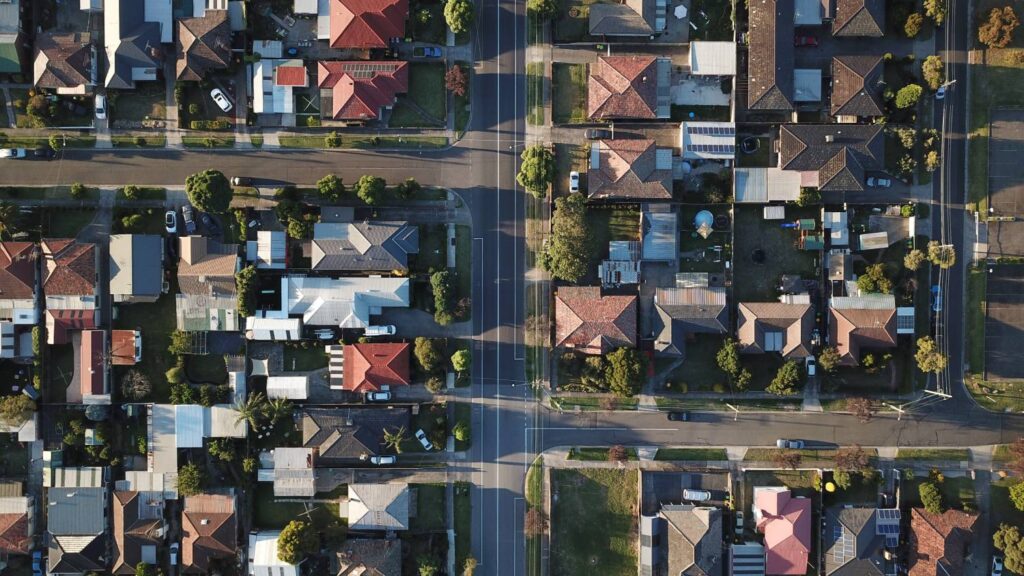Essential Guidelines for a Safer Neighborhood

Safety isn’t solely the responsibility of law enforcement, it’s a community endeavor. A safer neighborhood is cultivated through the mutual efforts of its residents. It involves not only proactive vigilance but also building robust community relationships. From participating in neighborhood watches to properly lighting your surroundings, every small step contributes to the overall security.
In this article we’ll explore some key strategies to help fortify your community and enhance safety for everyone.
Form Neighborhood Watch Groups
Getting involved in, or even spearheading, a community surveillance initiative can dramatically impact neighborhood safety. This program enables residents to collectively monitor their surroundings, making it difficult for nefarious activities to go unnoticed.
Local meetings can help establish surveillance protocols and schedules, while also allowing for the sharing of other valuable safety tips. The presence of a committed and observant community can act as a powerful deterrent against crime.
Generate Interest with Community Gatherings
Gathering for occasions like neighborhood block parties or communal clean-up drives can significantly bolster community solidarity. A cohesive community often translates into a more secure living environment.
To promote such events, consider using social media or community bulletin boards. You can also design attention-grabbing posters and distribute them around the city.
Encourage Community Night Walks
There is safety in numbers. Walking in groups during nighttime hours can be an effective way to discourage any untoward incidents. Besides promoting personal safety, these walks also provide an opportunity for neighbors to catch up, thereby strengthening community bonds. Furthermore, a constant and watchful community presence during all hours can serve to deter criminal activity.
Actively Report Unusual Incidents
Don’t underestimate the power of prompt reporting when it comes to unusual or suspicious activities. Quick action could very well prevent a crime from happening. Reporting irregularities is not just the duty of the person who notices them, it’s a responsibility shared by the entire community. Immediate action is crucial and helps authorities to nip potential threats in the bud.
Collaborate with Your Housing Association
If your neighborhood falls under the jurisdiction of a homeowners association, it is essential to keep an open line of communication about security matters. This includes flagging necessary repairs or voicing concerns about common areas that may require better lighting or surveillance. A responsive HOA can quickly address these issues, contributing to the overall safety and appearance of the community.
Illuminate Common Areas
A well-lit environment is generally a safer one. Opt for energy-efficient LED bulbs in public areas like parking lots to ensure consistent lighting. The benefits are twofold: it discourages vandalism and criminal activities, and it allows residents and security personnel to better survey the area.
Protect Your Living Space
It may seem rudimentary, but ensuring that doors and windows are securely locked is your first line of defense against break-ins. Invest in quality locks and consider installing a home security system. This not only protects your household but also contributes to the overall safety of your community.
Maintain Clear Visibility Around Your Home
Unkempt foliage can serve as an ideal hiding spot for intruders. Regular maintenance to trim bushes and trees near windows and entryways can increase visibility and eliminate potential hiding places. This small act can make a significant difference in discouraging trespassers.
Creating a secure environment is a collaborative endeavor that benefits from active community participation and sensible security practices. By partaking in community surveillance, encouraging open communication, and implementing effective security measures, we can collectively establish a safer and more harmonious living space for all residents.
Photo by Unsplash
